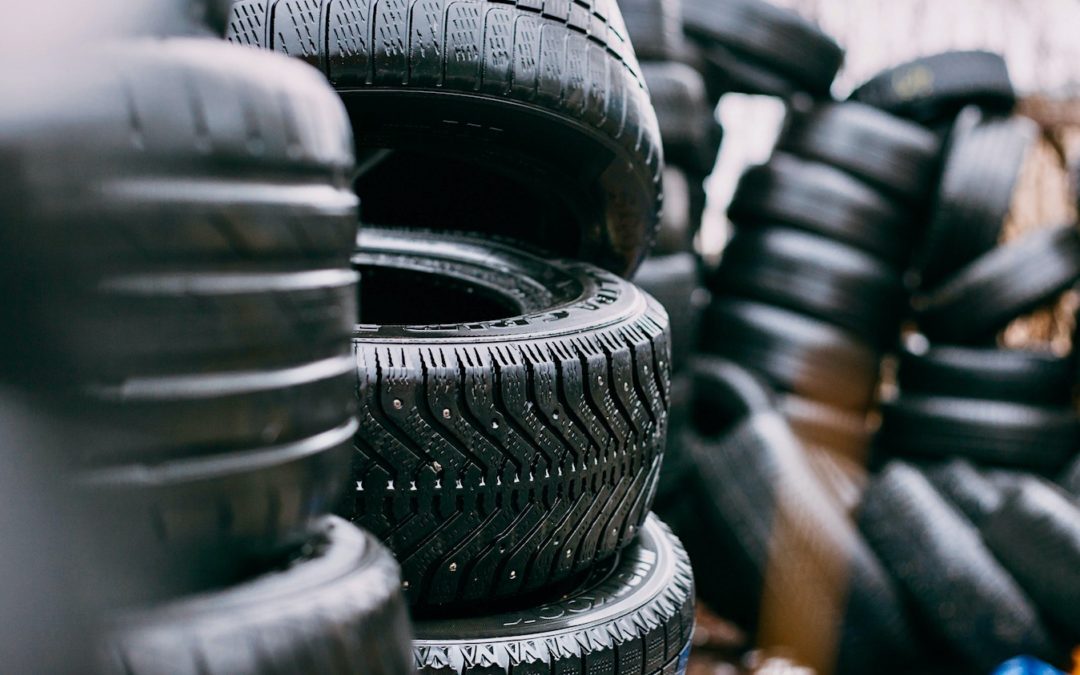Electric cars are slowly improving, a development that some members of the WG recently were able to ascertain for themselves driving Honda’s new battery entry to the European market, the E. But while their manufacturers energetically promote them, electric cars remain stubbornly unprofitable. The tyre makers on the other hand are rubbing their hands with glee at the prospect of increasing electric vehicle sales.
For years the high-end tyre brands have had to contend with mid-range and budget rivals. While the Goodyears, Bridgestones and Michelins can usually rely on original equipment contracts, they are endlessly undercut by the budget suppliers when it comes to the volume aftermarket. Electric vehicles, however present them with a real opportunity to make money. EVs differ substantially from internal combustion cars in their performance characteristics and these affect the tyres: the instant torque of the electric motor means the tyre is under stress the moment the accelerator is depressed. The EV tyre is already narrower than comparable petrol or diesel car tyres, partly to reduce rolling resistance and its construction is of necessity more complex because it has to reconcile grip and roadholding with acceptable levels of ride comfort and wear-rates with a 20% heavier vehicle.
Rolling resistance is the critical factor: Michelin reckons its latest generation of EV tyres which incorporate major advances in materials and construction will increase range by 7%-10% largely though not entirely by reducing rolling resistance. It means a more complex and expensive tyre, but one which thanks to its economy and wear advantages will no longer be at the mercy of cut-price, mostly far eastern competitors. The premium brands fervently hope these will be left behind as the European EV market becomes mainstream and the aftermarket for cheaper conventional tyres recedes.
Photo by Robert Laursoo on Unsplash
As a youngster he used to send race reports on Mallory Park meetings to the Derby Evening Telegraph which unaccountably always failed to print them. For thirty years he produced reports and analysis for other people before turning to motoring journalism and writing about matters rather closer to heart. An old 911, acquired when they were still affordable opened the world of Porsche and today he writes on historical subjects for several Porsche magazines in Europe and the US. He is also the UK correspondent for the classic car weekly, La Vie de l'Auto and keeps a foot in the modern world with a column in Trucking, a transport magazine, and as motoring correspondent for the Irish Police Journal.

